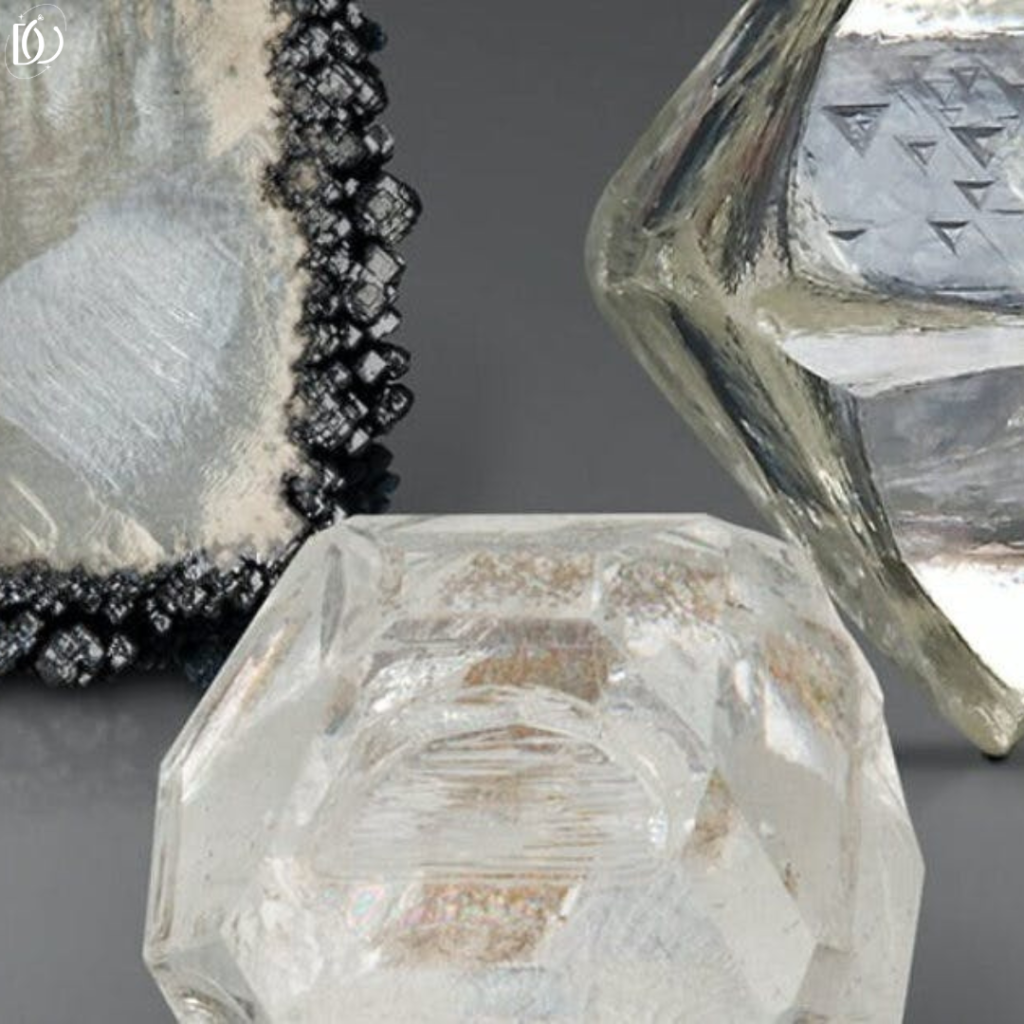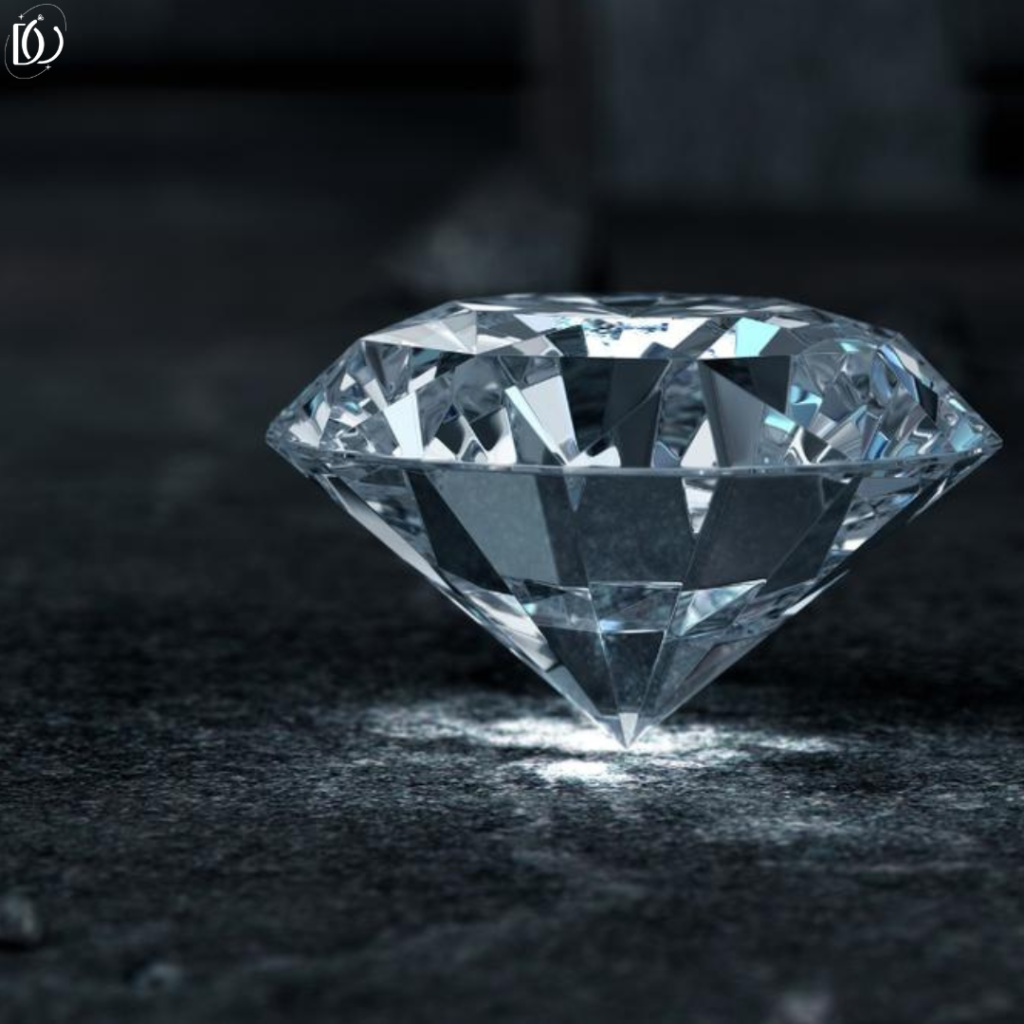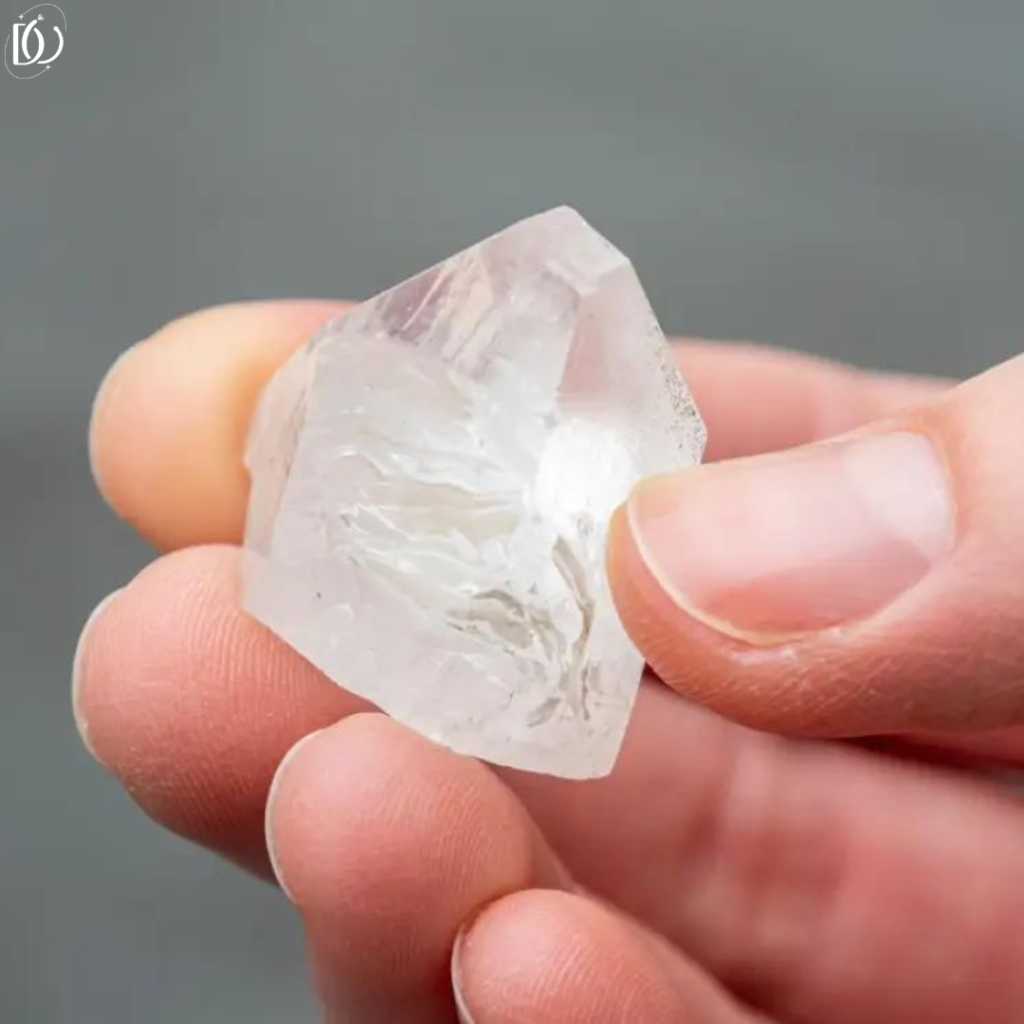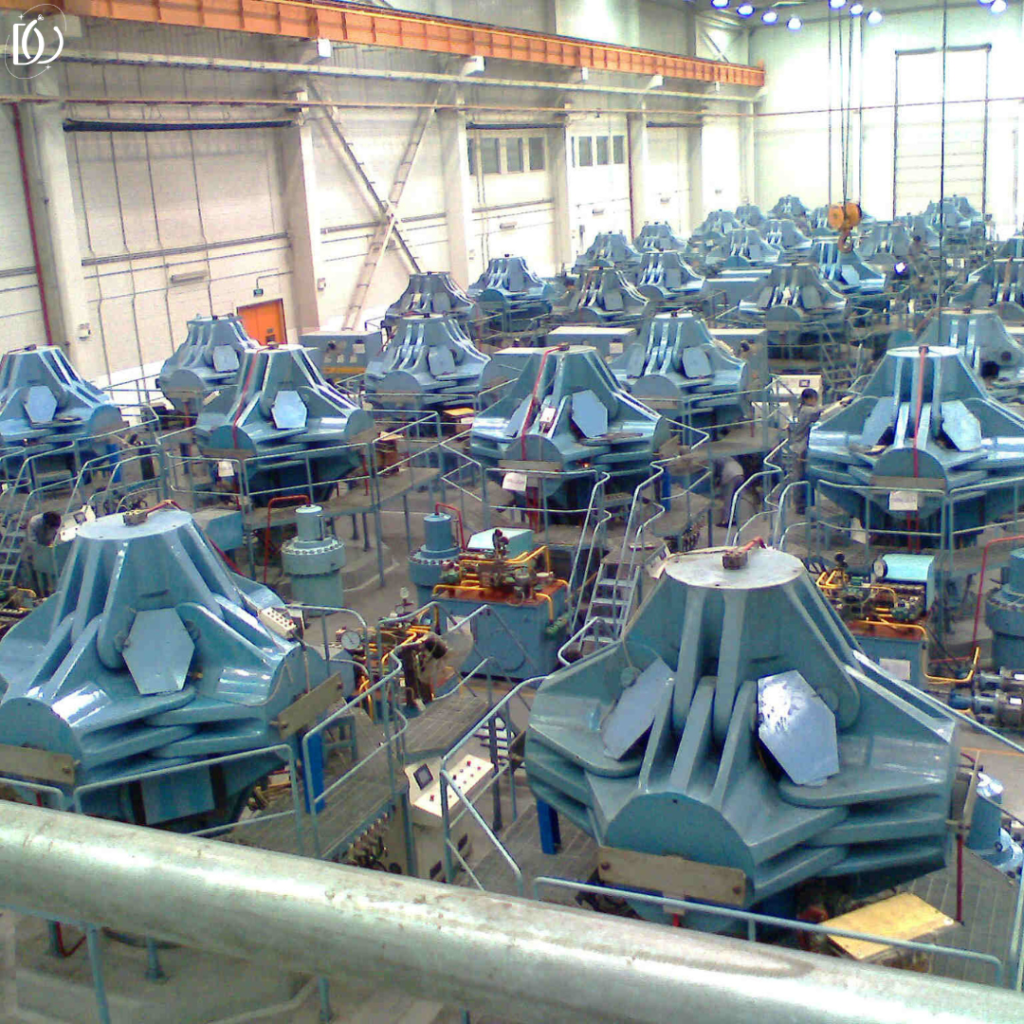Lab grown diamonds, also known as synthetic or cultured diamonds, are diamonds that are created in a laboratory rather than being formed naturally beneath the Earth’s surface. These diamonds have the same physical, chemical, and optical properties as natural diamonds, making them indistinguishable to the naked eye. The process of creating lab-grown diamonds involves replicating the conditions under which natural diamonds are formed, allowing for the controlled growth of diamond crystals.
Formation of Natural Diamonds:
To understand how lab-grown diamonds are created, it’s essential to first understand the natural process of diamond formation. Natural diamonds are formed deep within the Earth’s mantle under high pressure and temperature conditions. Carbon atoms arrange themselves in a crystal lattice structure, forming diamonds over millions to billions of years. Volcanic eruptions then bring these diamonds closer to the Earth’s surface, where they can be mined.
Methods of Lab Grown Diamonds Production:
Several methods are used to create lab-grown diamonds, each with its own set of advantages and challenges. The two main techniques are High Pressure High Temperature (HPHT) and Chemical Vapor Deposition (CVD).

1. High Pressure High Temperature (HPHT):
- In this method, a small seed diamond (a natural or synthetic diamond fragment) is placed in a press along with carbon source material (usually graphite).
- The press subjects the materials to extremely high pressure and temperature, mimicking the conditions found deep within the Earth where natural diamonds are formed.
- Over time, the carbon atoms in the graphite align themselves into a crystal lattice structure, gradually growing into a larger diamond around the seed.
2. Chemical Vapor Deposition (CVD):
- CVD is a process that involves creating a gas mixture containing carbon-rich gases, such as methane.
- The gas mixture is introduced into a chamber, and a substrate (often a thin slice of diamond) is exposed to the gases.
- Through a series of chemical reactions, carbon atoms are deposited onto the substrate, gradually forming a diamond layer.
- This process allows for more precise control over the diamond’s growth, including the ability to create complex shapes and structures.
Advantages of Lab Grown Diamonds:
1. Ethical Considerations: Lab grown diamonds are considered more ethical by some consumers as they are not associated with the environmental and social issues often linked to traditional diamond mining, such as human rights abuses and environmental degradation.
2. Cost: Lab grown diamonds can be less expensive to produce than their natural counterparts, leading to potentially lower prices for consumers.
3. Controlled Quality: The laboratory environment allows for precise control over the diamond-growing process, resulting in diamonds with fewer impurities and consistent quality.
4. Customization: Lab grown diamonds offer the possibility of creating diamonds with specific characteristics, such as color and size, based on customer preferences.

Challenges and Concerns:

1. Perception and Marketing: Despite their identical physical properties, lab-grown diamonds can face skepticism or resistance due to perceptions surrounding the traditional value and rarity associated with natural diamonds.
2. Energy Consumption: The production of laboratory grown diamonds requires energy, and the environmental impact depends on the source of that energy. Some critics argue that if the electricity used is generated from non-renewable sources, the environmental benefits of lab-grown diamonds may be diminished.
3. Limited Size: Currently, producing larger lab-grown diamonds can be more challenging and time-consuming compared to natural diamonds.
4. Market Confusion: Consumers may find it confusing to differentiate between natural and lab grown diamonds. Transparency in labelling and certification is crucial to avoid misunderstandings.
Market and Industry Impact:
The market for lab grown diamonds has seen significant growth in recent years. Many consumers are attracted to the ethical and environmental considerations associated with lab grown diamonds, contributing to their increasing popularity. Some jewelry retailers now offer a choice between natural and lab grown diamonds, giving consumers more options.
Major players in the diamond industry, including renowned jewelry brands, have started incorporating lab grown diamonds into their collections. This shift indicates a recognition of the changing consumer preferences and the industry’s willingness to adapt to new technologies.

Lab grown diamonds represent a technological advancement in the jewelry industry, providing consumers with an alternative to traditional, naturally occurring diamonds. As technology continues to evolve, lab grown diamonds will likely become more widely accepted and integrated into the mainstream jewelry market.
The ethical considerations, controlled quality, and potential cost savings associated with lab grown diamonds make them an appealing choice for environmentally and socially conscious consumers. However, challenges such as market perception and energy consumption must be addressed to ensure the continued growth and acceptance of lab-grown diamonds in the global diamond industry.

